Small restoration of the canvas, visible only on the back of the painting (see photo).
Elie Anatole Pavil is a Ukrainian post-impressionist painter and watercolourist, born in Odessa in 1873. In 1892, he arrived in Paris and settled in Montmartre, rue Caulaincourt. His favorite fields are animated landscapes of nature, water and the city.
Pavil made his first personal exhibition in 1907 at the Bernheim gallery and he subsequently exhibited regularly at other gallery owners as well as at the Salons d'Automne, the Salon des Indépendants and the Salon des Artistes Français.
Lover of the night, of Paris and of Montmartre, Pavil becomes by his characteristics the painter of an era. His paintings, in which we find the influences of Degas and Renoir, are spontaneous and sincere, and retain an unfinished character while having succeeded in fixing the fleeting image of life. Among his friends who would enrich his artistic vision were Pissarro, Renoir, Sisley and Claude Monet, who called Pavil's works "little marvels".
Throughout his life, Pavil demonstrated great delicacy in his line as well as a powerful sensitivity to human relationships and to nature. He is very sensitive to variations in light, influenced by the Impressionists and constantly seeks to render their intensity and softness. The unfinished character that he confers on his paintings testifies to a certain vision of life of which he fails to capture the fleeting image. He worked with precision on the effects of the change of weather on Parisian architecture, making it possible to represent effects of light. Everything related to the picturesque French becomes for him a favorite motif.
In love with Paris, Pavil will paint there for fifty years cafes, bar scenes, beautiful women, jazz groups, artists' studios and rivers. He will be naturalized French, will be named officer of the Academic Palms in 1910 then knight of the Legion of Honor in 1931. He leaves for Morocco in 1935 and will paint there in particular the souks and the port of Rabat, where he dies in 1944. Elie-Anatole Pavil rests in Paris at the Père-Lachaise cemetery.
Many of Pavil's works can be found in the national and municipal collections of museums across France, including the Musée d'Orsay and the Petit-Palais.
Various redundant sources on the web.






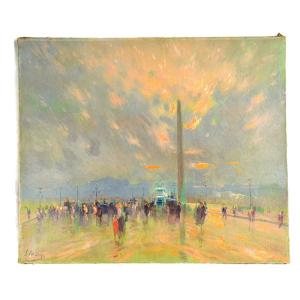




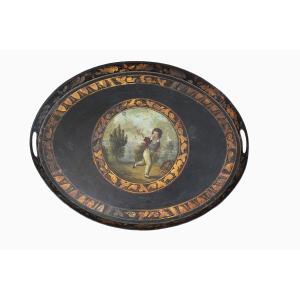
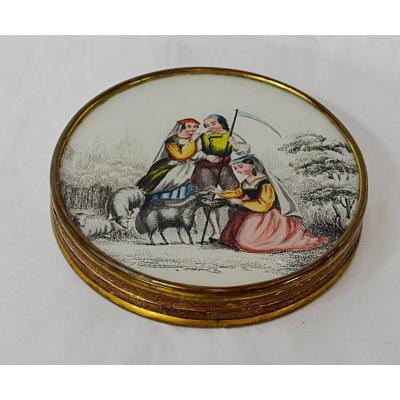
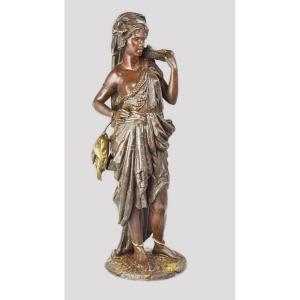
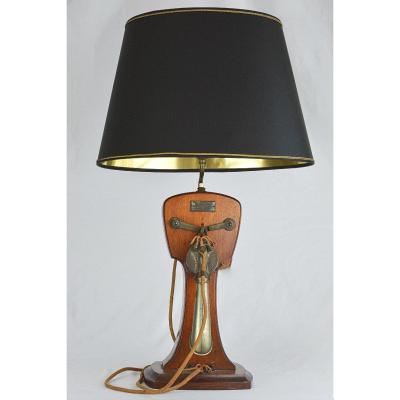

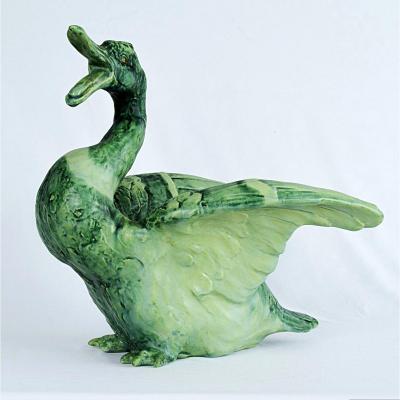
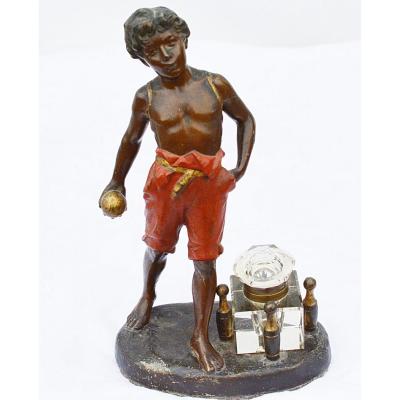
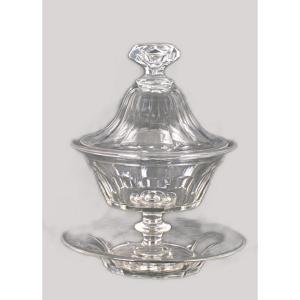
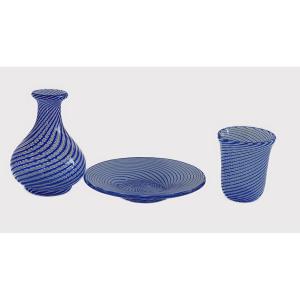

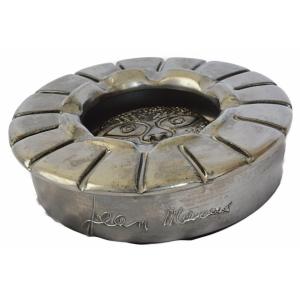





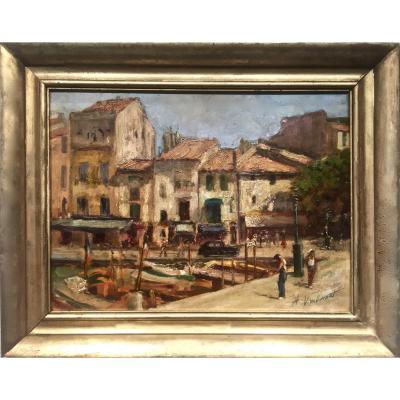

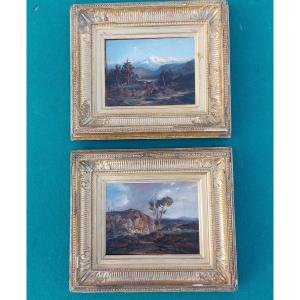




 Le Magazine de PROANTIC
Le Magazine de PROANTIC TRÉSORS Magazine
TRÉSORS Magazine Rivista Artiquariato
Rivista Artiquariato